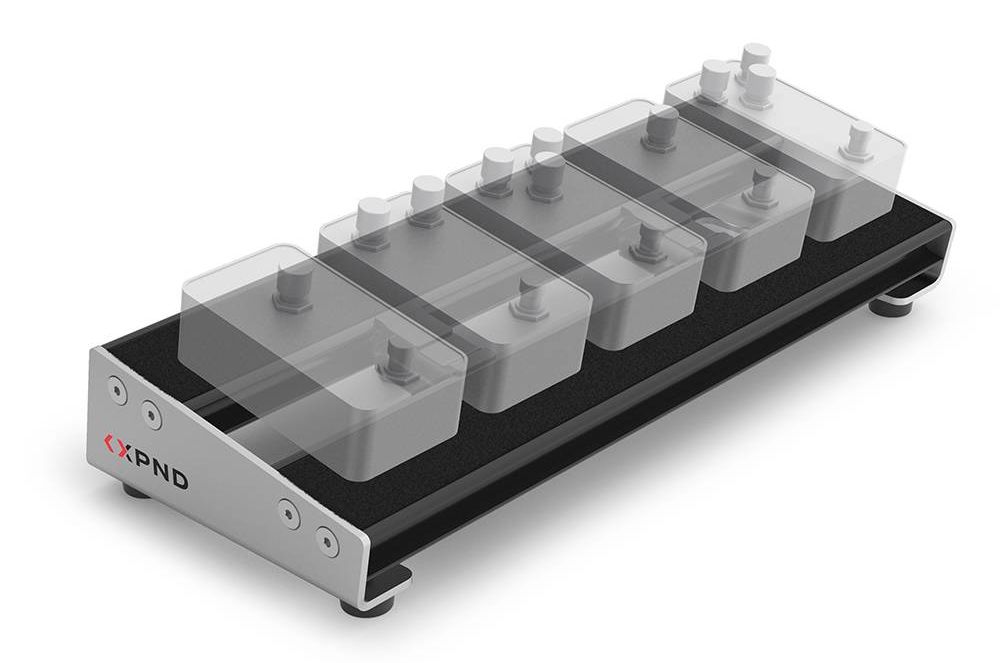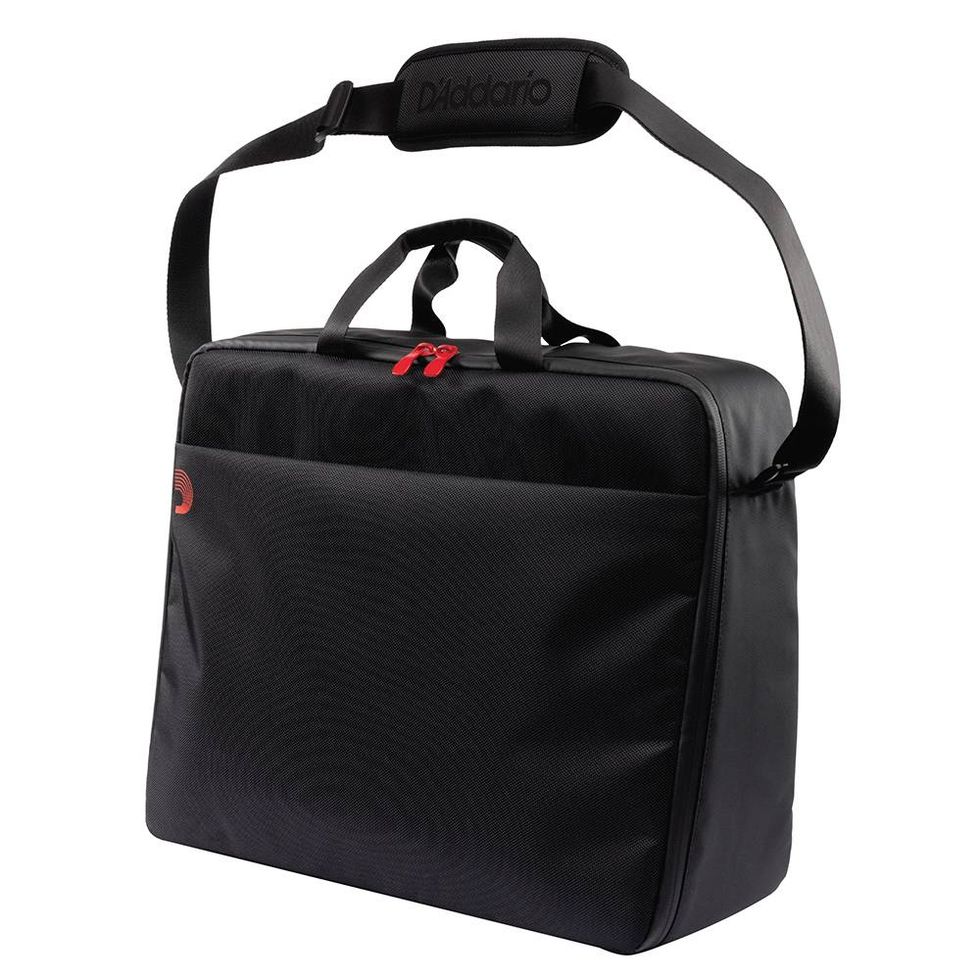Welcome back everyone. This month we’re going to examine what you can do to tweak your pickups for their optimal performance (that is, according to how you want them to sound). One of the very first things you will be faced with – as usual – is considering what type of sound you’re aiming for.
Pickup Covers
For example, if you want a classic “vintage tone” from a humbucking pickup, you might consider leaving the stock covers on. Yes, the covers make a huge difference in what comes out of the amplifier!
If you have already taken them off, you may have noticed that the pickups sound more aggressive this way. This is perfectly okay, if that’s what you are shooting for. Those metal (nickel or chrome-plated brass) pickup covers affect the pickup by yielding a more “flat response,” for lack of a better term. That said, please keep in mind that real nickel covers sound more “PAF-like” than the latter chrome-plated brass covers do. Chrome-plated brass (or just brass itself) tends to be a bit brighter sounding in timbre – so you will have compensate for that in other ways (which we’ll get to shortly). For the record, I really love the sound of nickel covers. That is indeed an important component of that old sound.
Pickup Adjustments
Now, one of the major tricks here is getting the polepieces adjusted properly. Do you want that “vintage” sound? In this case, it’s best to start with the base of each of the six polepiece screws adjusted flush with the pickup cover. Remember that if you raise any one of the polepiece screws ever so slightly (even an eighth of a turn, for example), it will have an effect on the treble frequencies, pushing them into the “front” of your guitar’s tone. Tonal balance from string to string is critical, so be aware that if one polepiece is raised, you will have to raise the others to get a nice, even balance and great string to string separation, which helps chords to sound better and makes lead lines much more distinct and clear.
Do you Want the "vintage" sound? In this case, it''s best to start with the base of each of the size polepiece screws adjusted flush with the pickup cover |
Another adjustment that affects the sound of the pickup is how high the entire bobbin assembly is in relation to the guitar’s strings; again, with slow and careful adjustments even the smallest change in height will change the tone of the pickup. You can now see that this is truly a give and take situation. As far as the chrome-plated brass pickups are concerned, you can lower the pickup assembly to mellow them out; if you find you need a bit more sting in the tone, go ahead and raise those polepiece screws. Just be conscious of the fact that if you get the pickup’s height too far (in either direction) you will lose the sweet spot.
Pickups and Wood
Your instrument’s wood can also affect – and therefore, dictate – where your pickups will sound their best. Remember that acoustic listening test we did a few columns back [December 2006]? Along with listening for length of sustain, you can also use the technique to hear your guitar’s inherent resonance. Guitars resonate to particular notes and frequencies, which you will hear as you strike the string and listen to the wood with your ear against the body of the guitar.
Lastly, I advise against changing the stock (standard equipment) pickups out until you’ve come to the conclusion that the stock pickups aren’t giving you what you want. I’ve seen far too many instances of people wasting a ton of money on replacement pickups when they weren’t needed in the first place. This is not to say I am against replacement pickups – I own many different types of replacement pickups. As the old saying goes, “if it ain’t broke, don’t fix it!” Use what works.
See you next month with pickup tips and more.
DEAN FARLEY... is the chief designer of "Snake Oil Brand Strings" (www.sobstrings.net) and has had a profound influence on the trends in the strings of today



















![Rig Rundown: Russian Circles’ Mike Sullivan [2025]](https://www.premierguitar.com/media-library/youtube.jpg?id=62303631&width=1245&height=700&quality=70&coordinates=0%2C0%2C0%2C0)






